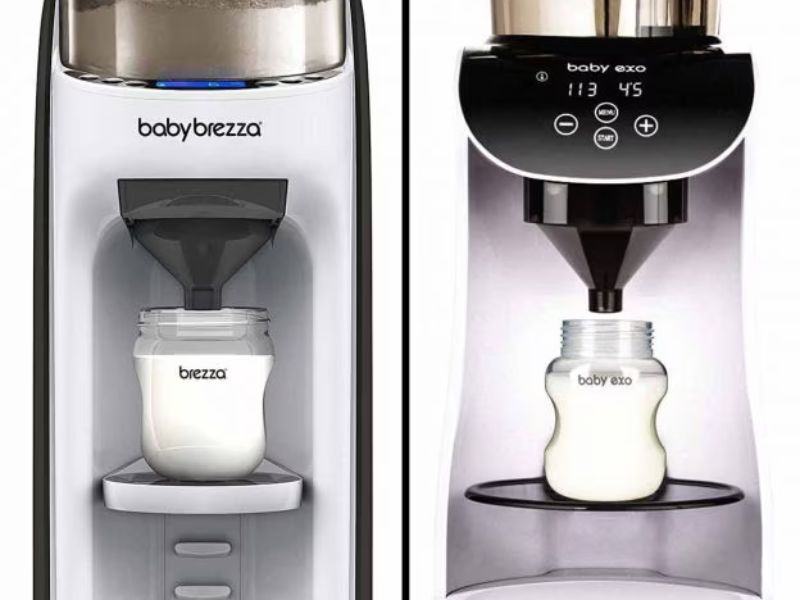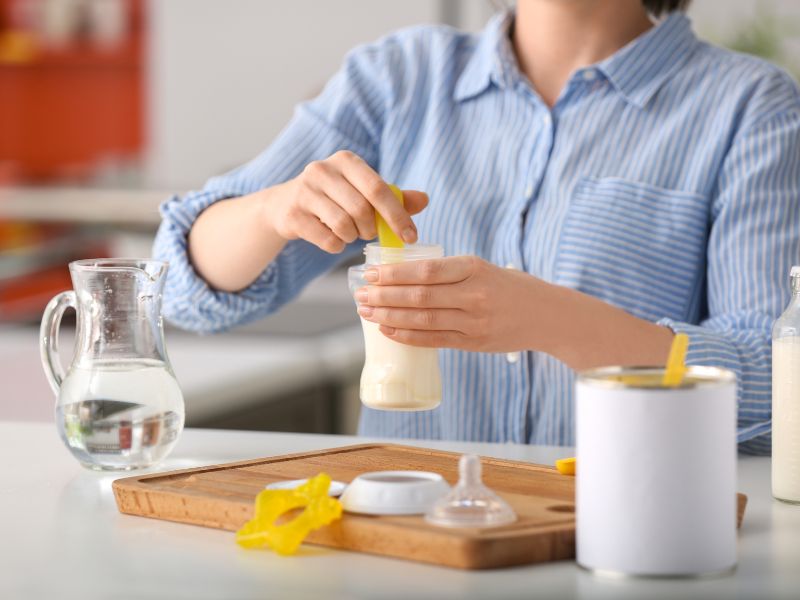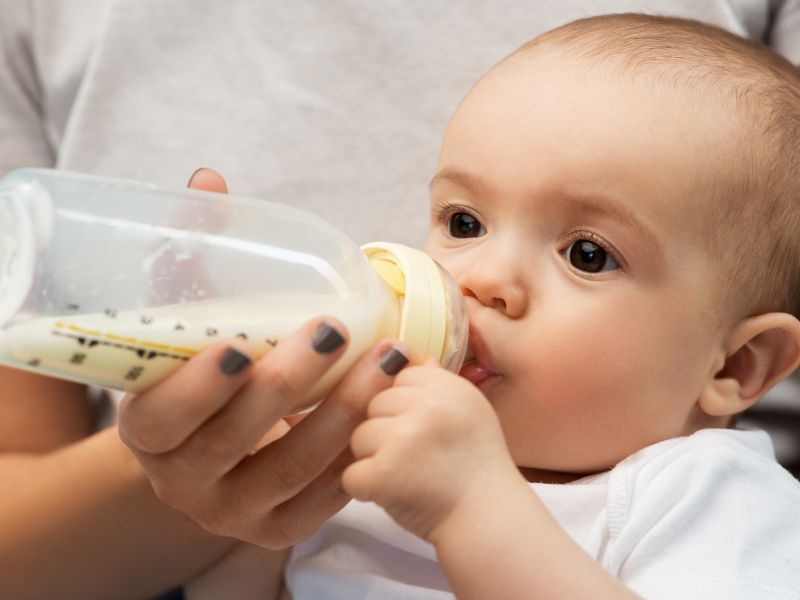In today’s fast-paced world, parents often turn to technology to streamline their daily routines, and one area where this is particularly evident is in the preparation of infant formula. Formula-making machines promise convenience and efficiency, allowing parents to quickly and accurately mix formula for their babies. However, the question that looms large is: are these machines genuinely safe for our little ones?

momjunction.com
The Promise Of Convenience
Formula-making machines are designed to simplify the process of preparing infant formula. These devices automate the mixing and dispensing of powdered formula, ensuring precise measurements and eliminating the need for manual shaking. This convenience can be a game-changer for busy parents, allowing for more efficient feeding routines.
Safety Concerns
While these machines offer undeniable convenience, concerns have arisen regarding their safety. One primary concern is the potential for contamination. Formula-making devices have multiple components, including water tanks, tubes, and mixing chambers, which can be breeding grounds for bacteria if not cleaned and maintained meticulously. Furthermore, improper cleaning or maintenance could lead to inaccurate formula concentrations, potentially harming a baby’s nutrition. Additionally, some models may not adequately heat the water to the recommended formula preparation temperature, typically around 70°C (158°F), to kill harmful bacteria. Inadequate heating could pose a risk to a baby’s health.

Canva. com
Recommendations For Safe Use
To ensure the safety of formula-making machines, parents should take the following precautions:
- Regular Cleaning: Thoroughly clean all machine components according to the manufacturer’s instructions. Pay special attention to areas where formula residue may accumulate.
- Regular Maintenance: Conduct routine maintenance checks to ensure all parts are in proper working order. Replace any worn or damaged components promptly.
- Monitor Water Temperature: Verify that the machine heats water to the recommended temperature for safe formula preparation.
- Follow Manufacturer’s Guidelines: Adhere strictly to the instructions provided by the manufacturer, including the correct ratios of water to formula.
